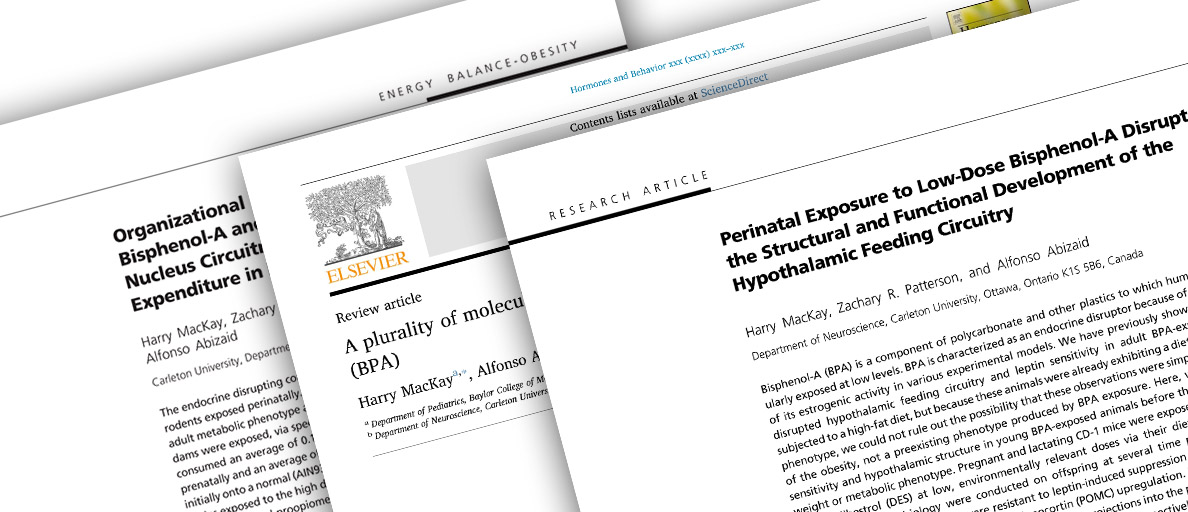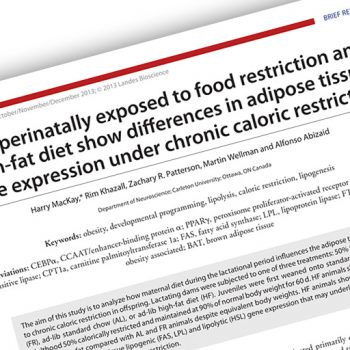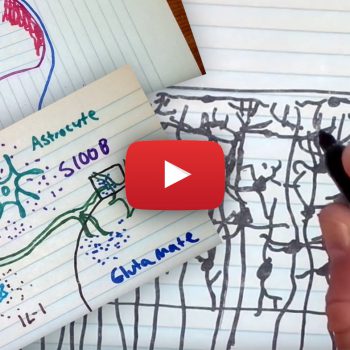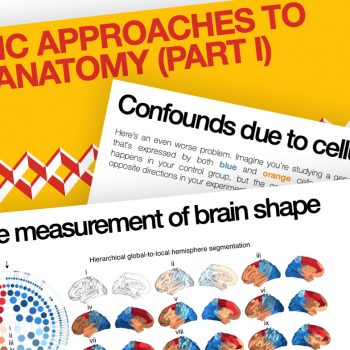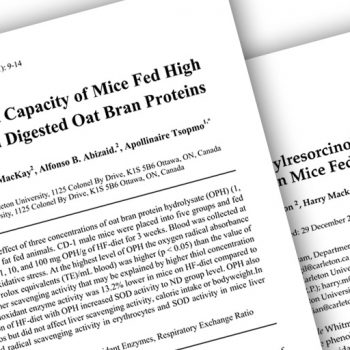After I finished my Ph.D. in Neuroscience, I moved to Houston, Texas to join Dr. Robert Waterland’s lab at the Baylor College of Medicine as a postdoctoral fellow. The intellectual backdrop for my Ph.D. work was a concept called ‘developmental programming’, which refers to the ability for the early-life environment to exert a long-lasting effect on metabolism. Importantly, the critical window for developmental programming is narrow, and once it has passed, things are essentially fixed in place. One could spend a career flinging challenges at that window, but a more fundamental question is why that window exists at all, and how does it close? This is the basic question I am answering during my postdoc. In the brain, one way to look at this is to consider that neurons begin life as solitary units with many possibilities, and over development they gradually become more and more specialized. They build connections with other neurons, they acquire a profile of gene expression that is more narrow and mature, and ultimately settle into a comfortable and predictable adult life. In the part of the brain I’m interested in, things are more or less settled by the time of weaning (in mice).
A narrowing of options can imply a narrowing of available tools. In this analogy, ‘tools’ refers to the genes being expressed. You see, the list of genes available to a given cell becomes narrower and narrower as it matures. This allows cell types to become specialized, but it also closes the door on further development, since development itself relies on a certain pattern of gene expression. Epigenetics refers to a pattern of cell type specific, mitotically heritable changes in gene expression potential that does not affect the DNA code itself. Epigenetics may well be the key to both normal development, and also developmental programming.
In the Waterland lab, I coupled neuroanatomically precise microdissection techniques with FACS and cell type-specific genetic manipulation to study the developmental epigenetics of the hypothalamic feeding circuitry in unprecedented detail. In my first paper from this effort, I uncovered a role for DNA methylation in hypothalamic AgRP neurons in regulating voluntary exercise behaviour. This mouse, which we described as an ‘epigenetic couch potato’, suggests that epigenetics may play a role in determining propensity for voluntary exercise.
In my second paper, I studied genome-wide DNA methylation and gene expression in developing neurons and glia from the mouse arcuate nucleus. Surprisingly, epigenetic development is rather different in male and female mice. This could be an as of yet un-explored aspect of what gives rise to sex-specific risk factors and phenotypic difference. This paper was published in Science Advances in 2022.
News coverage:
Relevant papers:
H. MacKay, C. J. Gunasekara, K. Yam, D. Srisai, H. K. Yalamanchili, Y. Li, R. Chen, C. Coarfa, R. A. Waterland, Sex-specific epigenetic development in the mouse hypothalamic arcuate nucleus pinpoints human genomic regions associated with body mass index. Sci. Adv. 3991 (2022).
MacKay, H., Scott, C. A., Duryea, J. D., Baker, M. S., Laritsky, E., Elson, A. E., … Waterland, R. A. DNA methylation in AgRP neurons regulates voluntary exercise behavior in mice. Nature Communications, 2019
Klein, MO., MacKay, H., Edwards, A., Park, S-B., Kiss, ACI., Felicio, LF., Abizaid, A. POMC and NPY mRNA expression during development is increased in rat offspring brains from mothers fed with a high-fat diet. International Journal of Developmental Neuroscience, 2017
MacKay, H., Heindel, JJ., Ross, MG., Waterland, RA. Meeting Summary: The inaugural meeting of the US DOHaD society. Environmental Epigenetics, 2017
MacKay, H and Abizaid A. Embryonic development of the hypothalamic feeding circuitry: Transcriptional, nutritional, and hormonal influences. Molecular Metabolism, 2014



